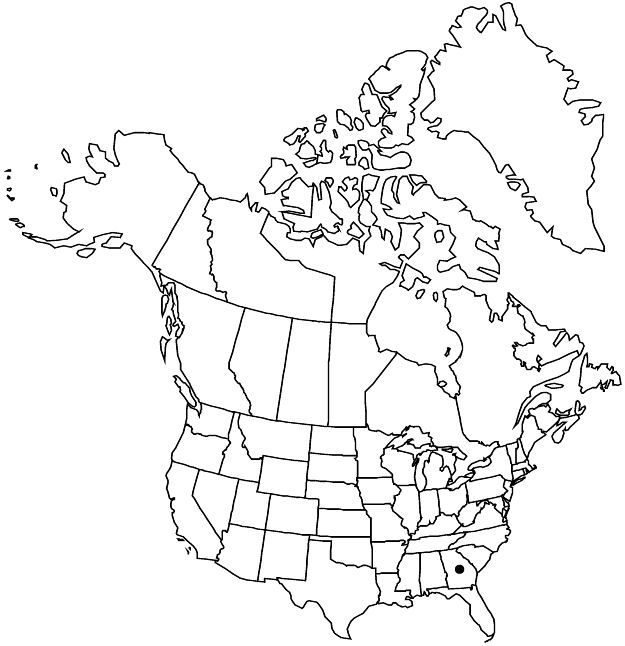Deutzia parviflora
Enum. Pl. China Bor., 31. 1833.
Shrubs 10–20 dm. Branches ascending to erect. Leaves: petiole 2–8 mm, glabrous; blade ovate or elliptic to ovate-lanceolate, 30–90 × 20–40(–50) mm, base cuneate or rounded, margins serrulate, apex acute to acuminate, abaxial surface green, glabrous or stellate-pubescent, trichomes 6–9-rayed, adaxial green, glabrous or stellate-pubescent, trichomes 3–5-rayed. Inflorescences corymbose cymes, open, 10–60-flowered, 5–10 × 4–7 cm, glabrous; peduncle 20–80 mm, villous or stellate-pubescent. Pedicels 10–15 mm, stellate-pubescent. Flowers faintly fragrant, 9–10 mm; hypanthium ovoid, 2.2–3 × 1–1.3 mm, densely stellate-pubescent; sepals ovate-deltate or broadly ovate, 0.9–1.2 × 0.3–0.4 mm, apex obtuse, surfaces densely stellate-pubescent; petals imbricate, white to pink, broadly ovate or suborbiculate, 2–7 × 3–5 mm, stellate-pubescent; filaments terete, filiform, outer 4–5 mm, apex not lobed, inner 3–4 mm, apex 2-lobed; styles 3, 2–3 mm. Capsules hemispheric, 2–3 × 2–3 mm. Seeds 0.9–1.3 mm. 2n = 26, 78 (Asia).
Phenology: Flowering Apr–Jun.
Habitat: Disturbed areas, moist ravines.
Elevation: 100–200 m.
Distribution

Ga., Asia (n China, Korea).
Discussion
Deutzia ×lemoinei Lemoine, the hybrid between D. parviflora and D. gracilis, often has been grown in the flora area and is considered one of the hardiest cultivars (A. J. Rehder 1940; M. A. Dirr 1998). Three varieties of D. parviflora are recognized in China; plants in the flora area seem closest to var. parviflora.
Selected References
None.